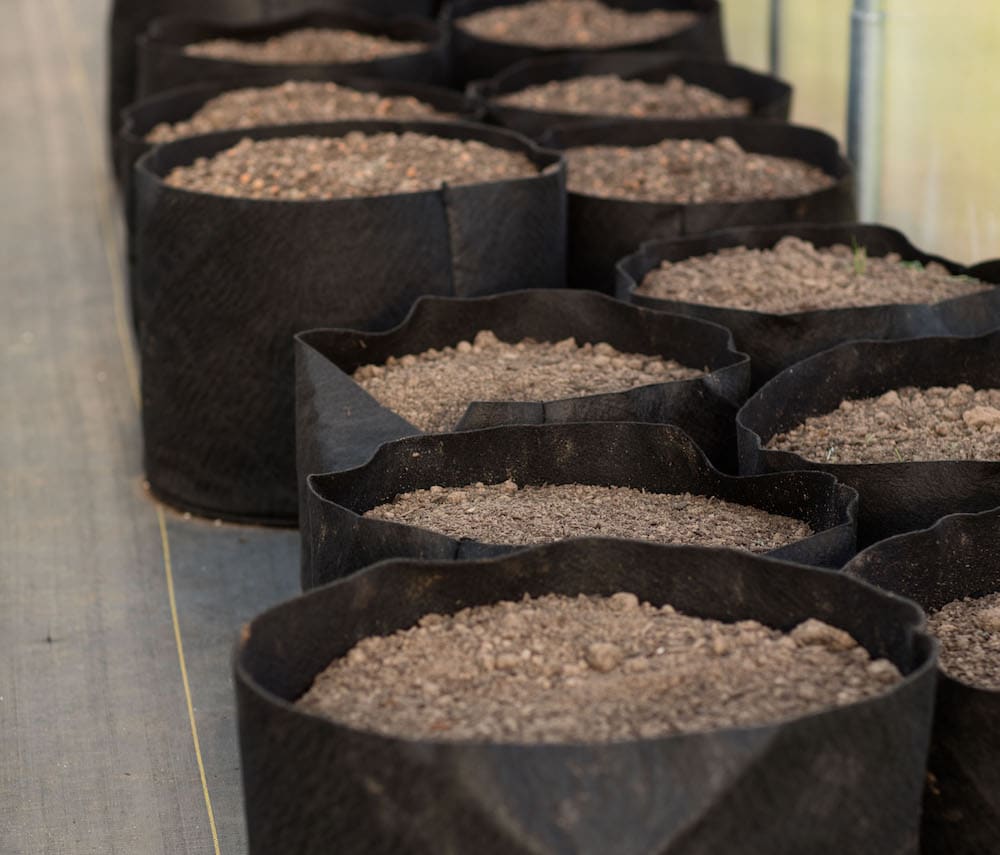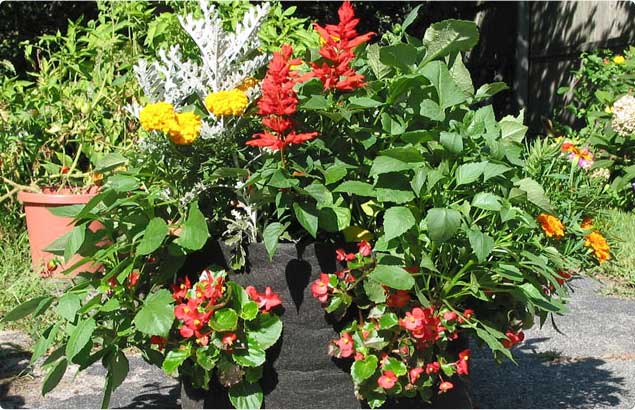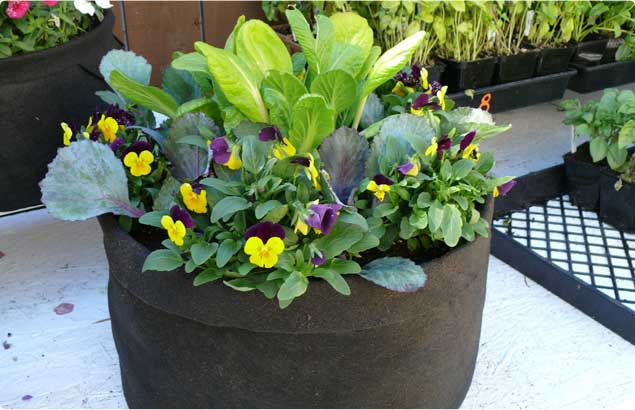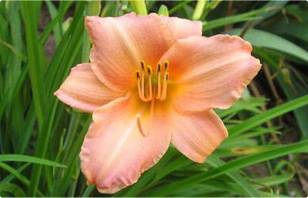How to Prepare Your Garden for Winter
Ah, winter… That magical time of year when you curl up by the fire and sip a steaming cup of hot chocolate. It’s a season of celebration, family gatherings… and ruthless destruction in your garden. But it doesn’t have to be. With careful planning, you can rescue perennial veggies and ornamentals. And you can set the stage for roaring success in the spring. Here are some helpful tips on how to prepare your garden for winter.
Clean It Up
While most plants won’t survive freezing temperatures, pests and parasites will. Mold, mildew and blight not only survive in freezing temperatures, but thrive in compost piles. Why? Because composting creates heat that accelerates microbial growth. Burn or dispose of any vegetation that exhibits signs of disease. Toss the rest of your garden scraps on the compost pile to create rich, organic soil for spring.
Weed It and Feed It
Rake up your mulch and remove invasive weeds. Try to get them by the root so they don’t return in spring. Next, add about two inches of compost. Mix it well with your topsoil, then cover it with your old mulch. Winter precipitation will filter nutrients down into the soil, creating prosperous conditions for spring planting.
Protect Perennial Veggies
Some of the most popular perennials can use a little winter prepping. Rhubarb needs to be “renovated” every five to ten years. And fall is the perfect time to do it. To renovate rhubarb, divide the crown with a shovel and refill the newly created hole with compost. You can use the removed portion to start a new planting. For artichoke, cut the plant down to soil level or just below. Add three to four inches of mulch on top. For added protection, you can use an upside-down box or basket filled with mulch for extra insulation. Asparagus survives best under about six inches of mulch. And horseradish? It’s as tough as they come. In all but the coldest climates, it survives with no mulch at all.
Dig Up Those Bulbs
When preparing plants for winter, dig up tender bulbs and tuberous plants. After the first killing frost, cut stems down to two to four inches. Then carefully dig out bulbs and tuberous structures, being extra careful not to cut or scratch them. Avoiding cuts will minimize rot over the winter. For tuberous species, get as much of the root system out of the ground as possible. Place your bulbs on a flat tray, and ensure they are not touching one another. Now it’s time to cure them.
Set your trays in a building with inside temperatures of 65 degree or higher. Let them rest for two weeks, then examine them to ensure they’re fully dehydrated. Dispose of any rotting, soft or damaged bulbs. Then place them in an opaque box or sack, and label them by species. Make sure they aren’t exposed to sunlight, and you’re all set for winter. Oh, and one more super-important tip: Dig up your bulbs BEFORE the ground freezes. Once a hard ground freeze sets in, your bulbs will be toast. Frozen, lifeless, useless toast.
Dream of Sunny Days to Come
When your physical labor is complete, invest some mental effort into the coming season. Plan your garden, sketch out your plantings and order your seeds and bulbs. When warm weather rolls around, you’ll be set for a successful spring planting season!






